Le Dernier Appel (Marrugeku Dance Theatre) ★★★★
Repetitive cycles of alienation, frustration, sorrow, and humiliation in the face of political injustice over decades find powerful expression in Le Dernier Appel (The Last Cry), the latest interrogation by Marrugeku Dance Theatre of the deleterious effects of colonisation on the indigenous peoples of Australia and her neighbours. Commissioned by Carriageworks (Sydney), the Centre Culturel Tjibaou Nouméa, and Melbourne’s Arts House, Le Dernier Appel appears as the Australian government refuses to act on constitutional reform for Indigenous people, and New Caledonia approaches a contentious referendum on independence from France. (New Caledonia was colonised in the 1840s by Christian missionaries, and soon after by the French as a penal colony, and later for commercial enterprise.)
The production opens in an atmosphere of anxiety. Fidgety dancers attempt individualistic gestures then censor themselves, listening to a soprano lament, which swells and fills the air. Like the characters in Beckett’s Waiting for Godot (a reference point for the artists), they seem to wait, make desultory gestures or conversations, their dances reflecting fear, boredom, or fixation on something invisible. Amrita Hepi, in black silk, makes a ritual of plain rectangular shapes and semaphoric waves, thoroughly focused, unruffled. Dalisa Pigram, in yellow overalls, moves like a silky seal in curvilinear repetitions, which, over time, flourish into a fury. Nervous, pale Miranda Wheen, in jeans, seems at first out of place, fair, young, powerless, but tenderly passionate. Each of their dances feels like a private ritual, a pacifier, some form of solace.
Liberated by new, stronger music, the dancers rephrase their rituals into grittier moods, sticky posturings, couplings, or accumulations. Young Krilin Nguyen stacks up hip hop rolls and head spins, cool and sanguine throughout; sitting still, he observes all around him as a growing reiteration of solos, danced singly or simultaneously, cross and circle the space. The ever-present anxiety leads to panic, rage, and even more bizarre states of mind. In one case, Yoan Ouchot, fine as a reed, often looking trapped in his head, or someone on hallucinogens, struggles to make a tight, neat ballet that might have come from Louis XIV’s court. Propelled by a burst of energy, Stanley Nalo whips his head of long dreadlocks into a frenzy as he rolls and rises like a porpoise, only to fling his body back to the floor then start all over again.
Continue reading for only $10 per month. Subscribe and gain full access to Australian Book Review. Already a subscriber? Sign in. If you need assistance, feel free to contact us.



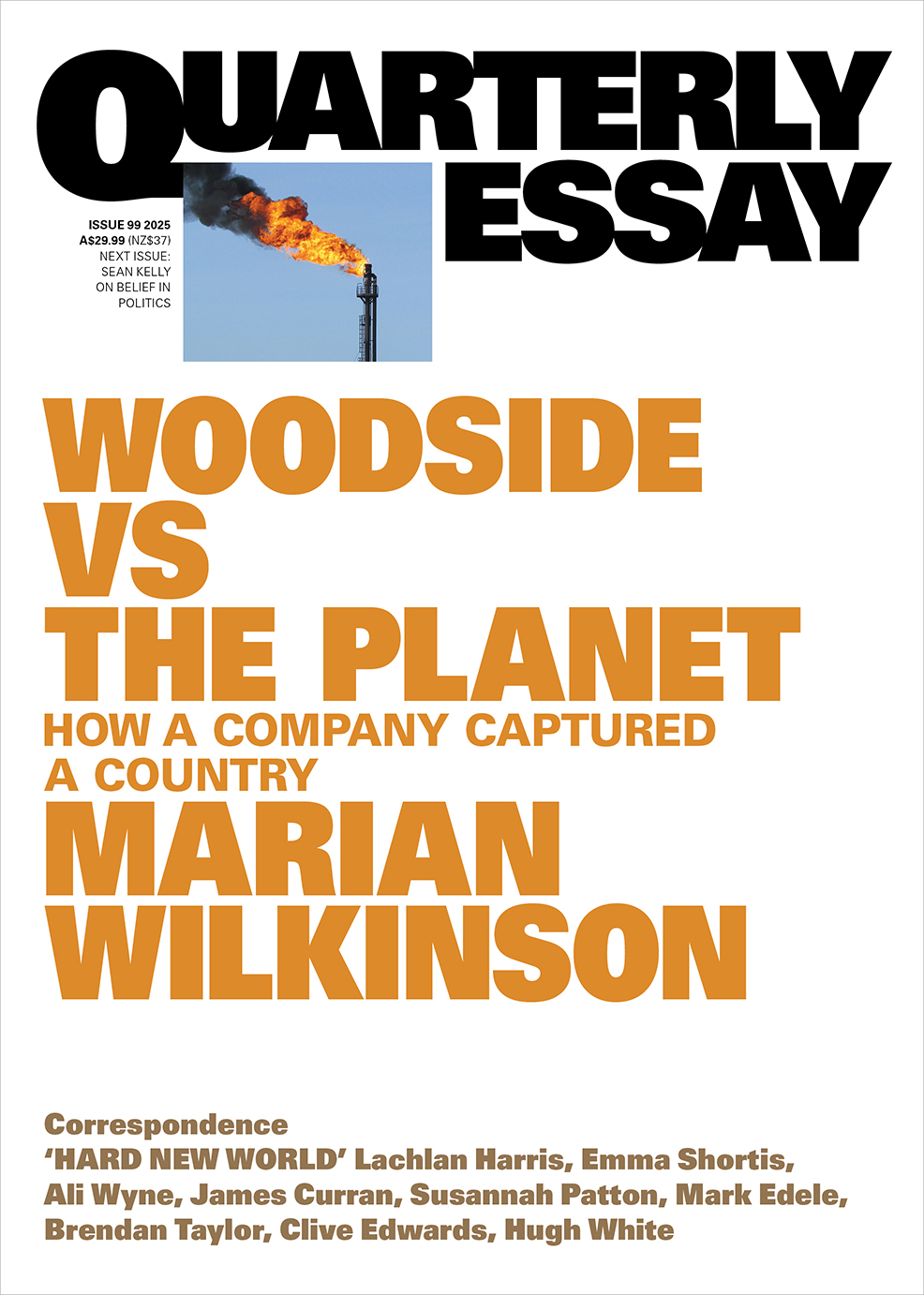
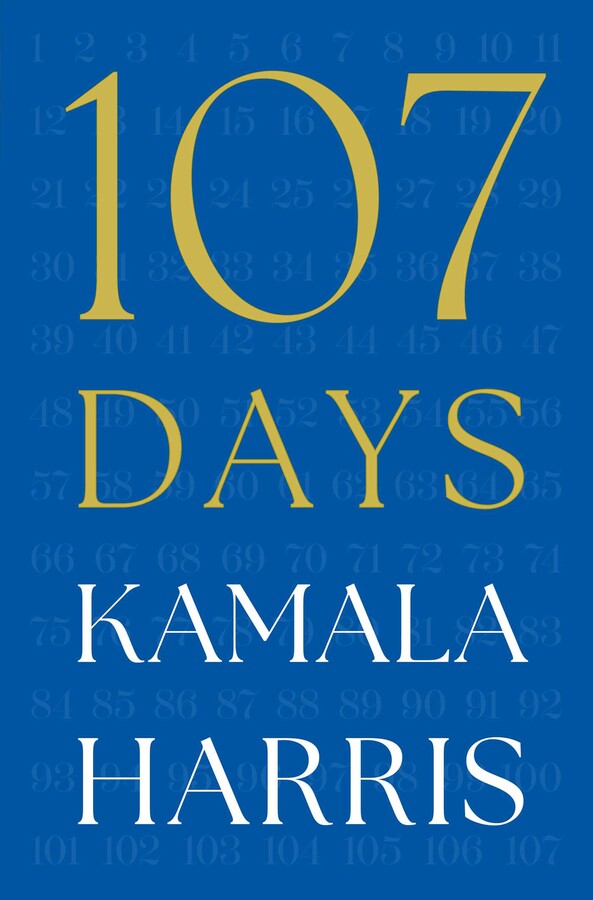
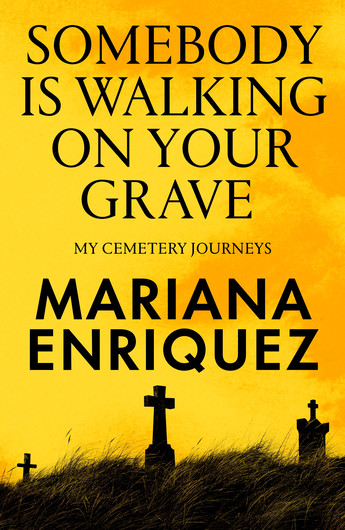
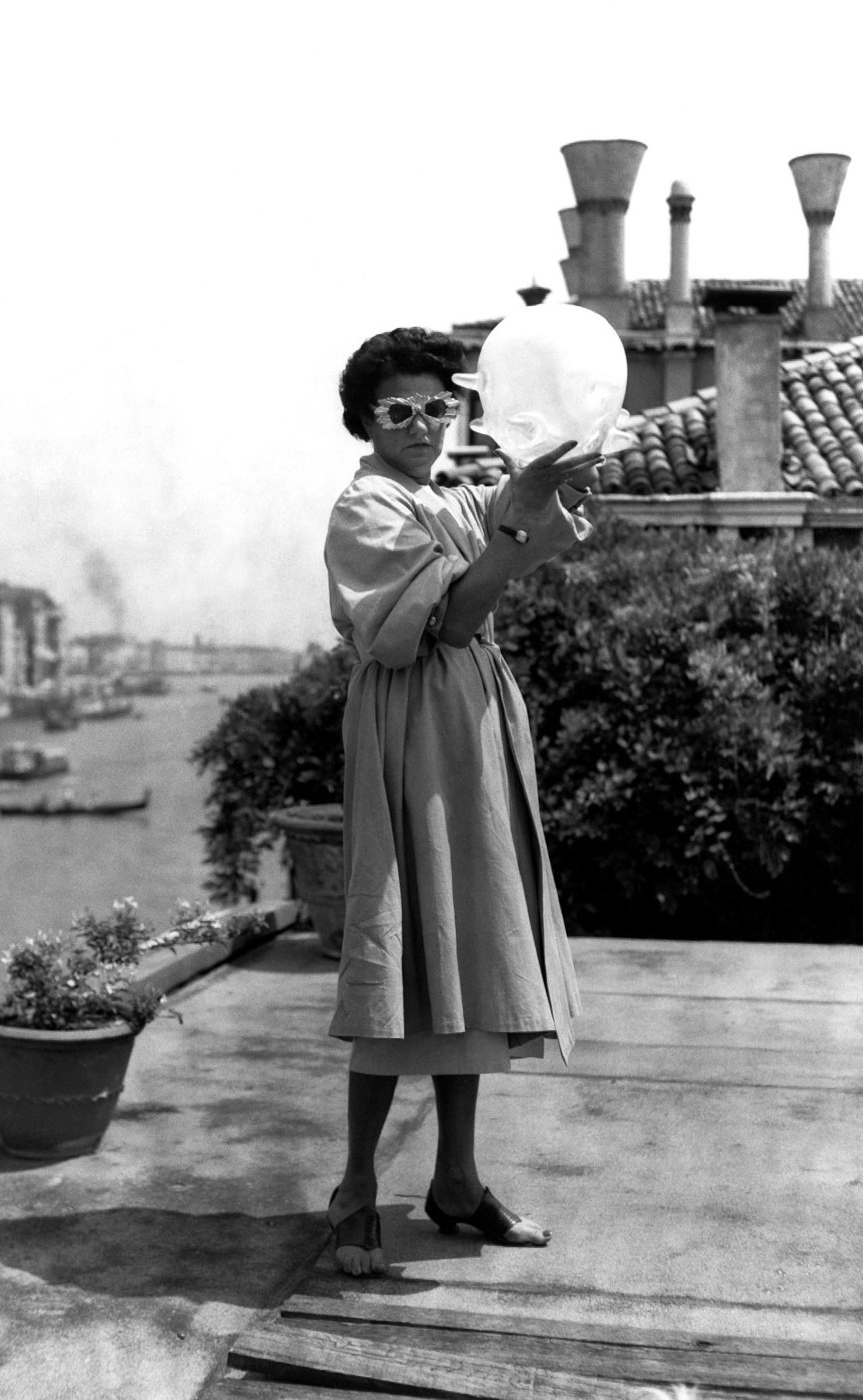
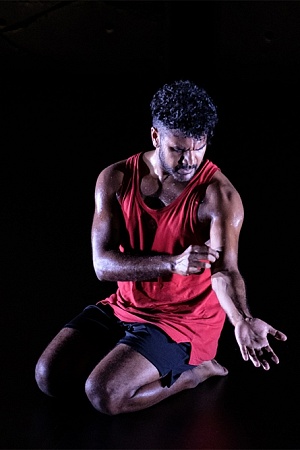
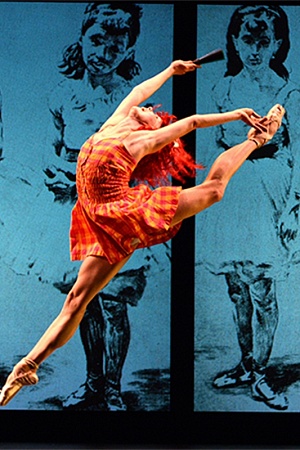
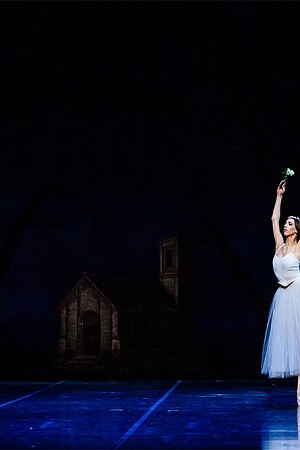
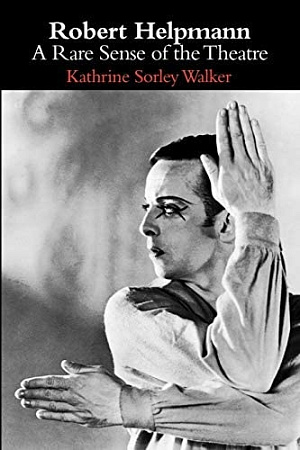
Leave a comment
If you are an ABR subscriber, you will need to sign in to post a comment.
If you have forgotten your sign in details, or if you receive an error message when trying to submit your comment, please email your comment (and the name of the article to which it relates) to ABR Comments. We will review your comment and, subject to approval, we will post it under your name.
Please note that all comments must be approved by ABR and comply with our Terms & Conditions.